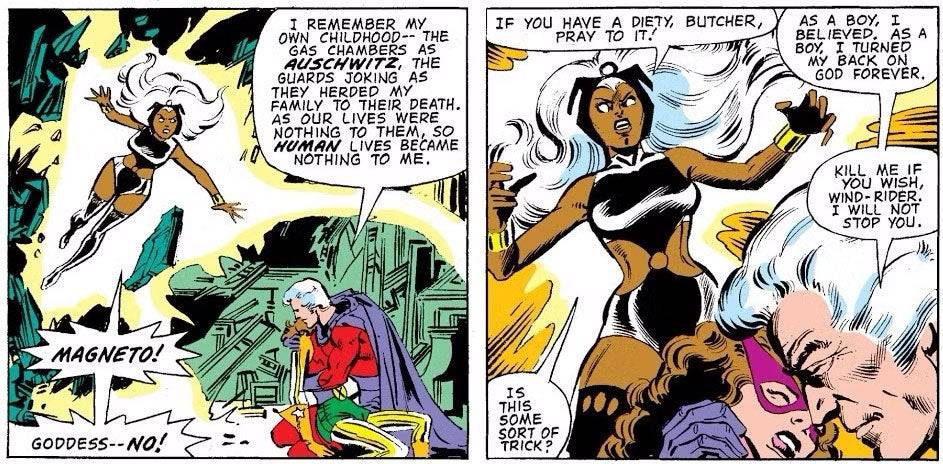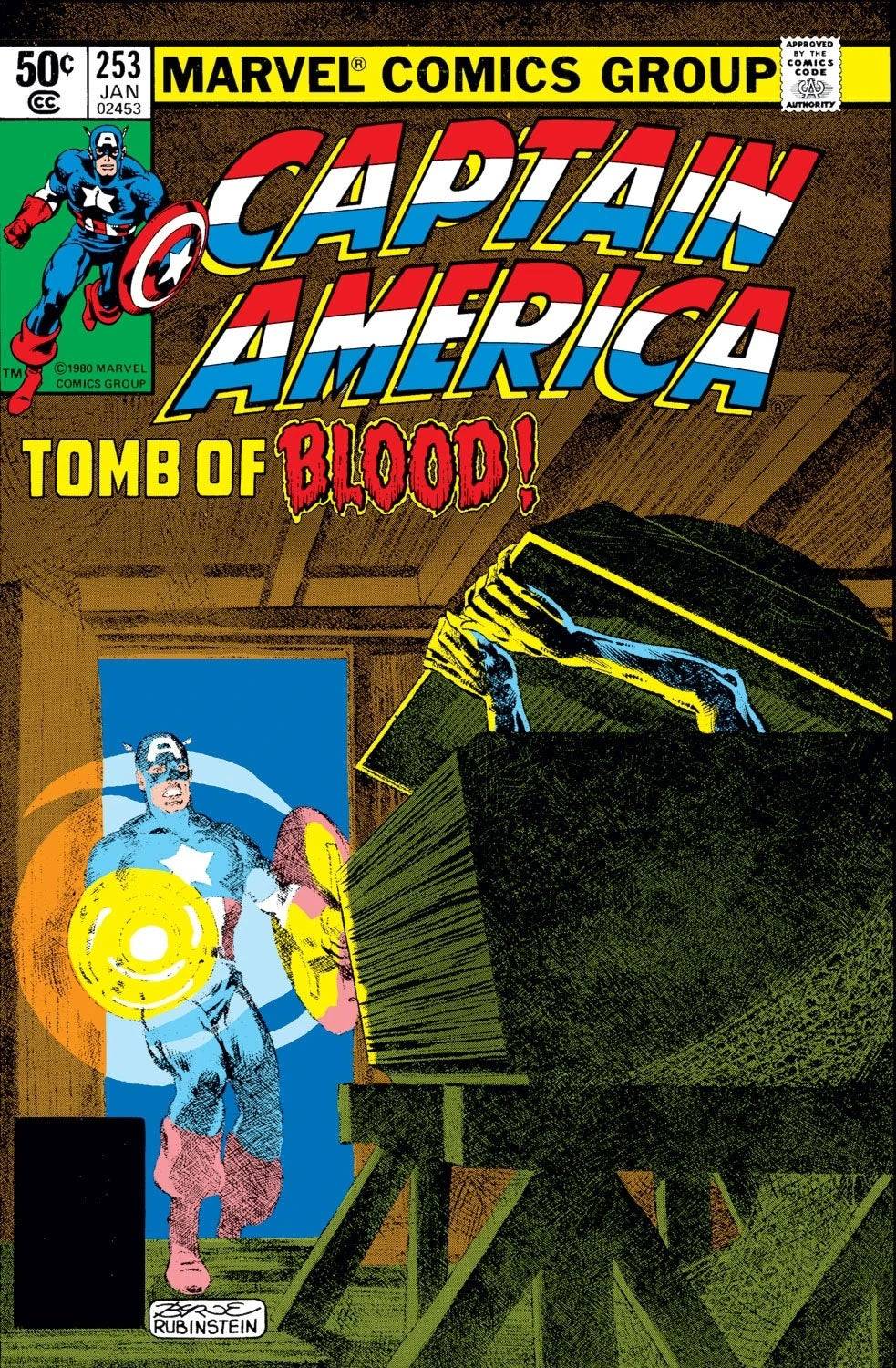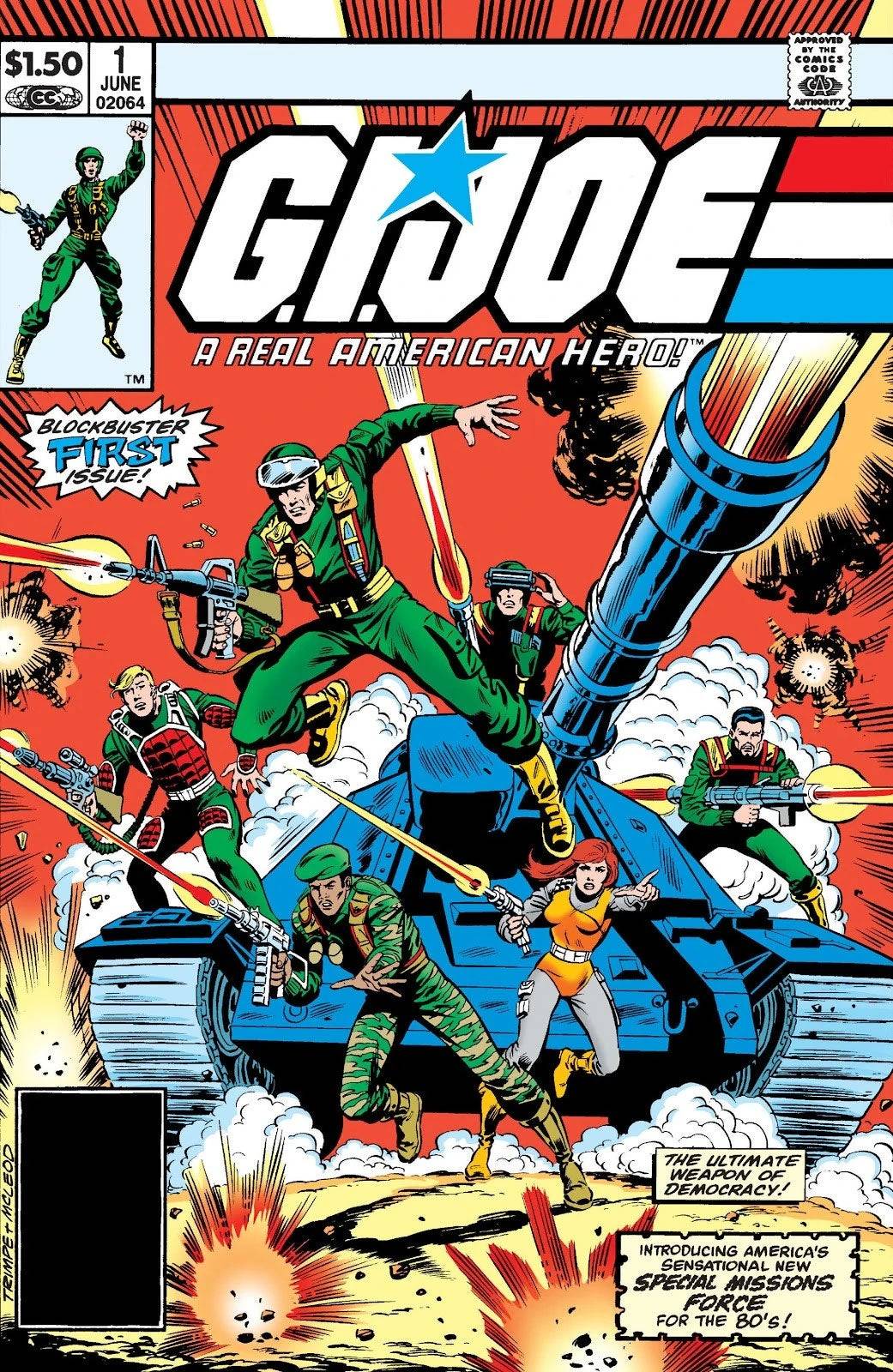The 1970s marked a period of significant transformation for Marvel Comics. Amidst the turbulence, the decade introduced iconic narratives like "The Night Gwen Stacy Died" and the profound encounter of Doctor Strange with God. However, it was the dawn of the 1980s that truly heralded a new era, with legendary creators delivering some of the most memorable runs in Marvel's history. This period saw Frank Miller's groundbreaking work on Daredevil, John Byrne's innovative take on the Fantastic Four, David Michelinie's influential Iron Man stories, and the zenith of Chris Claremont's X-Men saga. Not to be overlooked, Roger Stern's Amazing Spider-Man and Walt Simonson's Thor were just on the horizon. These creators and their works are pivotal to understanding the enduring legacy of these characters into the present day.
When examining the entire tapestry of the Marvel Universe, the 1980s stand out as a potential golden age for the company. In this installment, Part 7 of our series, we delve into the essential issues that defined this remarkable decade.
More Essential Marvel
- 1961-1963 - The Birth of a Universe
- 1964-1965 - The Sentinels Are Born and Cap Dethaws
- 1966-1969 - How Galactus Changed Marvel Forever
- 1970-1973 - The Night Gwen Stacy Died
- 1974-1976 - The Punisher Begins His War on Crime
- 1977-1979 - Star Wars Saves Marvel From Bankruptcy
- The Dark Phoenix Saga and Other All-Time X-Men Stories
The Dark Phoenix Saga and Other All-Time X-Men Stories
Chris Claremont's transformative run on X-Men, which began in 1975, reached its pinnacle in the early 1980s with three seminal stories. The Dark Phoenix Saga, spanning X-Men #129-137, is arguably the most iconic X-Men narrative ever crafted. This epic tale, co-plotted and illustrated by John Byrne, follows Jean Grey's transformation into the Dark Phoenix, a formidable adversary to the X-Men, influenced by the Hellfire Club. The saga not only delivers a gripping cosmic drama but also introduces key characters like Kitty Pryde (Shadowcat), Emma Frost, and Dazzler. Jean Grey's ultimate sacrifice remains one of the most poignant moments in X-Men lore, despite her eventual return. The story has been adapted into various media, including films and animated series, though many fans believe the original comic version remains unmatched.
AnswerSee ResultsFollowing closely, the Days of Future Past storyline in X-Men #141-142, featuring the time-traveling adventures of an adult Kitty Pryde, is another cornerstone of X-Men lore. This tale, centered around the mutant-hunting Sentinels, showcases an alternate future where these robots dominate North America. The story's impact has been felt across various adaptations, including the 2014 film and the animated series.The third standout story from this era is X-Men #150, where a confrontation with Magneto nearly results in Kitty Pryde's death, leading to the revelation of Magneto's Holocaust survivor backstory. This pivotal moment has shaped Magneto's character into a more complex figure in subsequent narratives.

X-Men #150 The First Appearances of Rogue, She-Hulk, and the New Mutants
The 1980s also introduced several key characters to the Marvel Universe, particularly notable female heroes. Rogue, who would become a fan-favorite X-Men member, debuted as a villain in Avengers Annual #10. Initially part of Mystique's Brotherhood of Evil Mutants, Rogue's absorption of Ms. Marvel's powers marked a turning point for both characters. This issue also addressed controversial events involving Carol Danvers, highlighting the complexity of her journey within the Marvel Universe.

The New Mutants, Marvel's first X-Men spin-off, were introduced in Marvel Graphic Novel #4 and later in their own series. This team of young mutants, including Cannonball, Sunspot, Karma, Wolfsbane, and Dani Moonstar (Mirage), along with the later addition of Illyana Rasputina (Magik), brought fresh dynamics to the X-Men universe. Their stories have been adapted into various media, including the 2020 film.
Iconic Storylines for Daredevil, Iron Man, and Captain America
Daredevil #168 marked the beginning of Frank Miller's transformative run on the series, introducing Elektra and redefining the character's mythology. Miller's gritty, noir-inspired storytelling over the next two years, including the introduction of Kingpin as Matt Murdock's nemesis and the tragic death of Elektra, set the stage for future adaptations, including the 2003 film and the Netflix series, with the upcoming MCU show "Daredevil: Born Again" continuing this legacy.
David Michelinie and Bob Layton's Doomquest storyline in Iron Man #149-150 saw Iron Man's first solo confrontation with Doctor Doom, leading to an adventure in Arthurian times. This arc solidified Doom's place in Iron Man's rogues gallery and set the stage for future collaborations between Doom and Morgan le Fay.

Moon Knight Becomes a Hero and Marvel Helps Create the G.I. Joe Mythology
Moon Knight's transition from antagonist to hero was solidified in Moon Knight #1, where his backstory and alternate personalities were fully explored. This issue laid the groundwork for all future Moon Knight stories.










